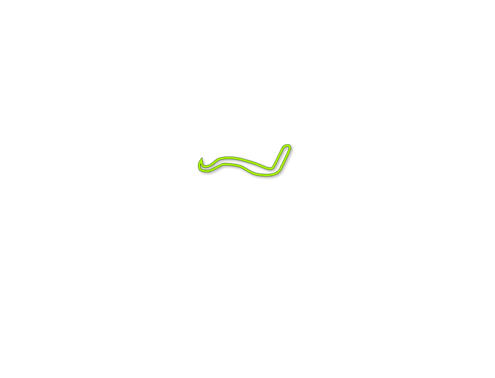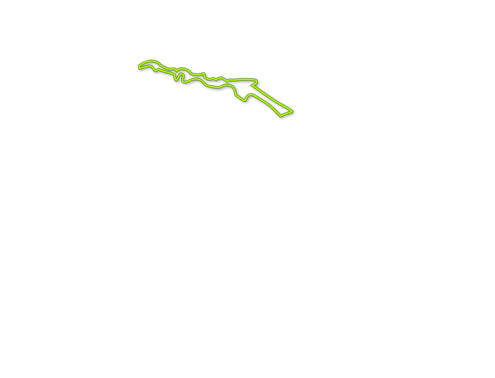Fighting Dinos
New Discoveries from Mongolia

About 80 million years ago during the Cretaceous Period in the Gobi Desert, two dinosaurs were locked in deadly combat. A hungry Velociraptor dug its sharp toe-claw into the neck of a Protoceratops; the Protoceratops bit the Velociraptor’s arm with its sharp beak.
Then, suddenly, they were buried alive!
Why do paleontologists think this was what happened? And what mysteries remain?


Clues to the Past
To most people, the fossils look like a pile of bones. But, to paleontologists, the fossils contain clues about how two dinosaurs were buried alive fighting 80 million years ago. Nicknamed the “ Fighting Dinosaurs ,” this is often called one of the greatest fossil specimens ever found.
EXPLORE the fossils through a paleontologist’s eyes!
• Click the stars on the fossil to reveal more info.

This plant eating dinosaur weighed up to 500 pounds. Its body’s shape was similar to a pig’s. Like its relative Triceratops, it had a structure called a “frill” on the back of its skull which made its head look bigger. Protoceratops is probably one of the best-known extinct dinosaurs because its fossils are very common.
This meat eating dinosaur was probably an all-star predator. Scientists believe it had sharp senses and was quick on its feet, because its brain was large and complex. This carnivore had sharp teeth, big eyes, and large claws — just what a good hunter needs.
SWISH!!!
Check out the preserved S-curve in the Velociraptor’s neck. The position of the neck suggests that Velociraptor was buried alive. If Velociraptor were dead before it was buried, then its neck muscles would probably have relaxed and straightened out.

SPLOINK!!!
The Velociraptor grabs the Protoceratops’ head. This position could happen if one of them were dead already - but it’s unlikely. From this side view you can see the Velociraptor’s left hand reaching up and gripping the edge of the Protoceratops’ skull. You can also see the Velociraptor’s right arm extending around the side of the Protoceratops skull and through its jaws.
SWOOSH!!!
Look at the Protoceratops’ curvy tail and neck. If the Protoceratops were dead before it was buried, scientists think its tail and neck wouldn’t have stayed curved. Muscles relax when an animal dies. If it was dead before it was buried, its tail and neck probably would have fossilized in a straight line.

CRUNNNNCH!
The Protoceratops chomps on the Velociraptor’s right arm. Both of the Velociraptor’s arms are reaching out and its right arm is caught in Protoceratops’ beak. From this enarged view of the specimen from the side, you can see that the Protoceratops clearly has the Velociraptor’s arm in its jaw. OUCH!
KEE-YAAW!!!!
The Velociraptor jams a deadly toe-claw into its prey’s neck. This part of the Protoceratops’ neck contained the blood supply for its head, so this may have been a deadly blow. We’ve drawn in the part of the Velociraptor’s leg and claw that is hidden from view by the rest of the Protoceratops fossil.
POOF!
Some of the Protoceratops’ bones are missing. The bones could have eroded away from years of exposure to wind and rain. Some scientists believe that the bones are missing because Velociraptor was eating an already dead Protoceratops. Yum! The missing tip of the Protoceratops’ tail and one of its hind legs are drawn in where they would have been.



An 80-Million-Year-Old Mystery
How did these two dinosaurs die, anyway? There’s really no way to know for sure what happened. But based on fossil evidence (especially the clue that they were buried alive while fighting!), scientists have suggested some ideas.
Which idea of how the dinosaurs died seems the most reasonable?

death by sandstorm: violent winds kicked up a bunch of sand that covered the dinosaurs

death by quicksand: the dinosaurs fell into quicksand and were buried alive

death by sand avalanche: a flash flood caused a sand dune to collapse on top of the dinosaurs
Image Credits:
sandstorm, © Shutterstock; white mud, Peakpx; sand avalanche, © Adobe Stock; all other images © AMNH




 Biodiversity
Biodiversity
 Brain
Brain
 Genetics
Genetics
 Marine BiOLogy
Marine BiOLogy
 MicrobiOLogy
MicrobiOLogy
 PaleontOLogy
PaleontOLogy
 ZoOLogy
ZoOLogy
 AnthropOLogy
AnthropOLogy
 ArchaeOLogy
ArchaeOLogy
 Astronomy
Astronomy
 Climate Change
Climate Change
 Earth
Earth
 Physics
Physics
 Water
Water









